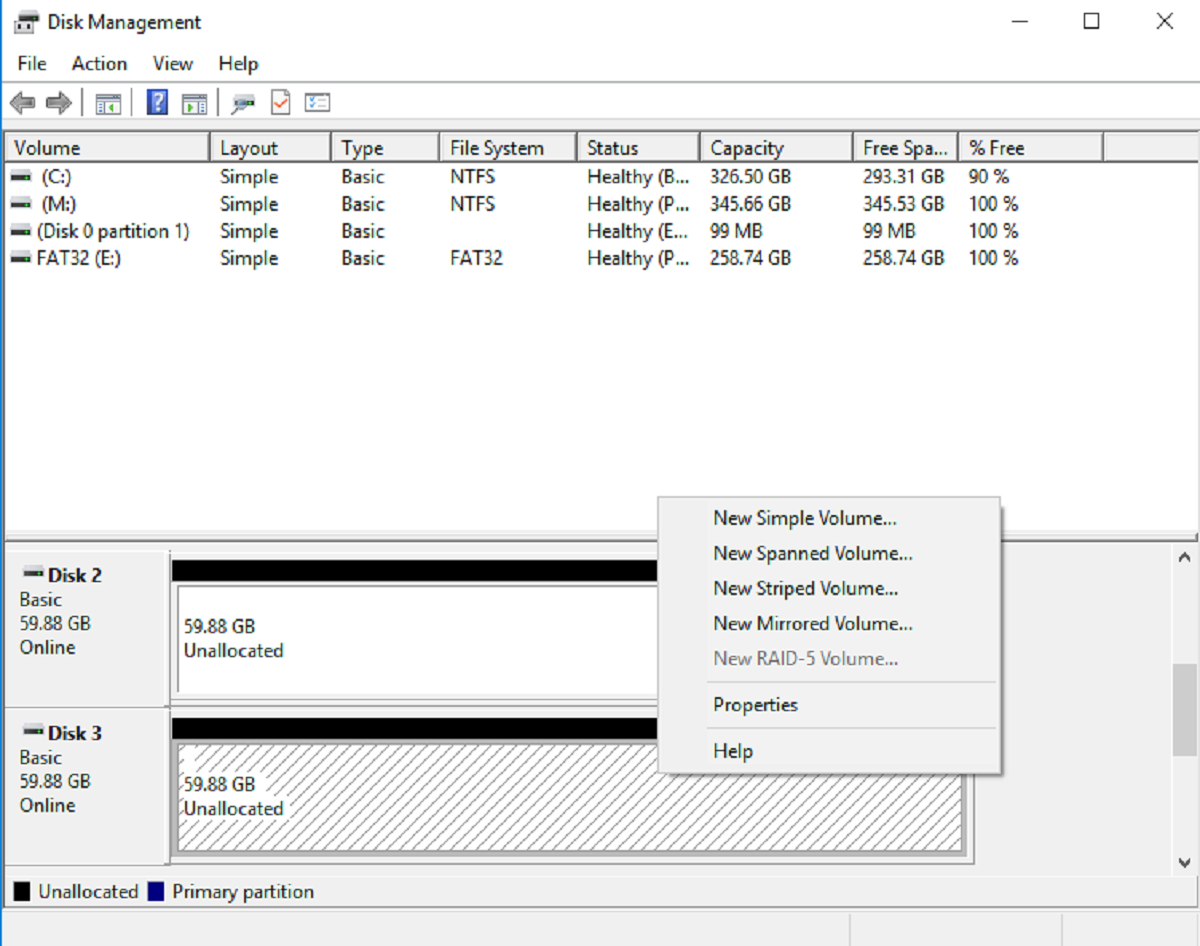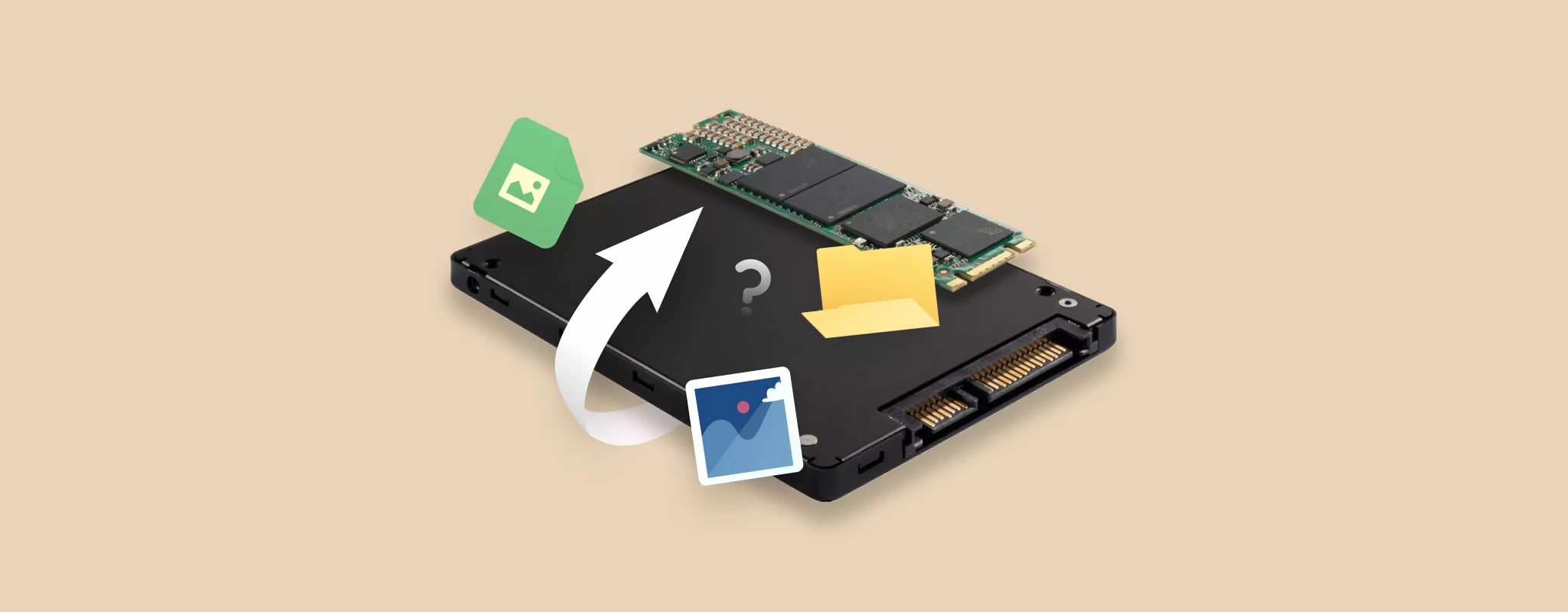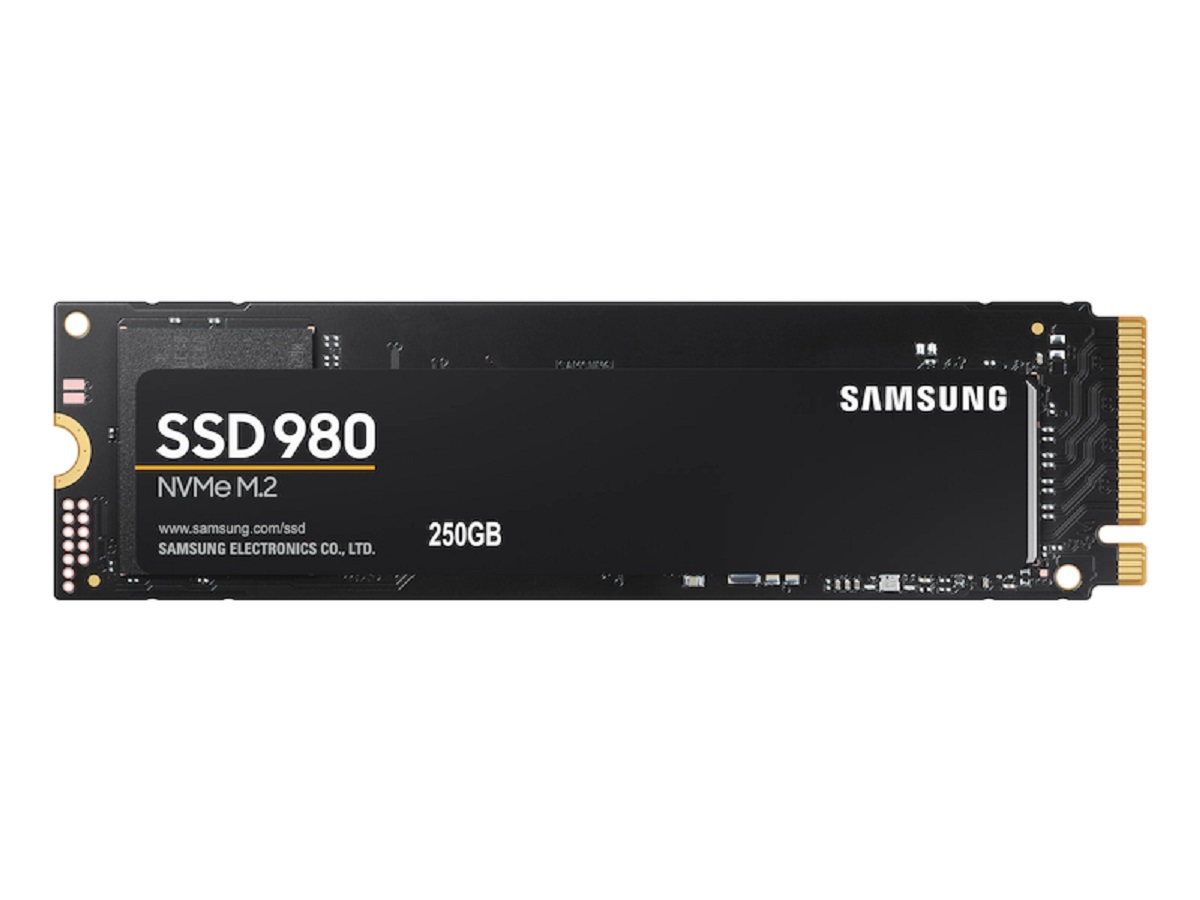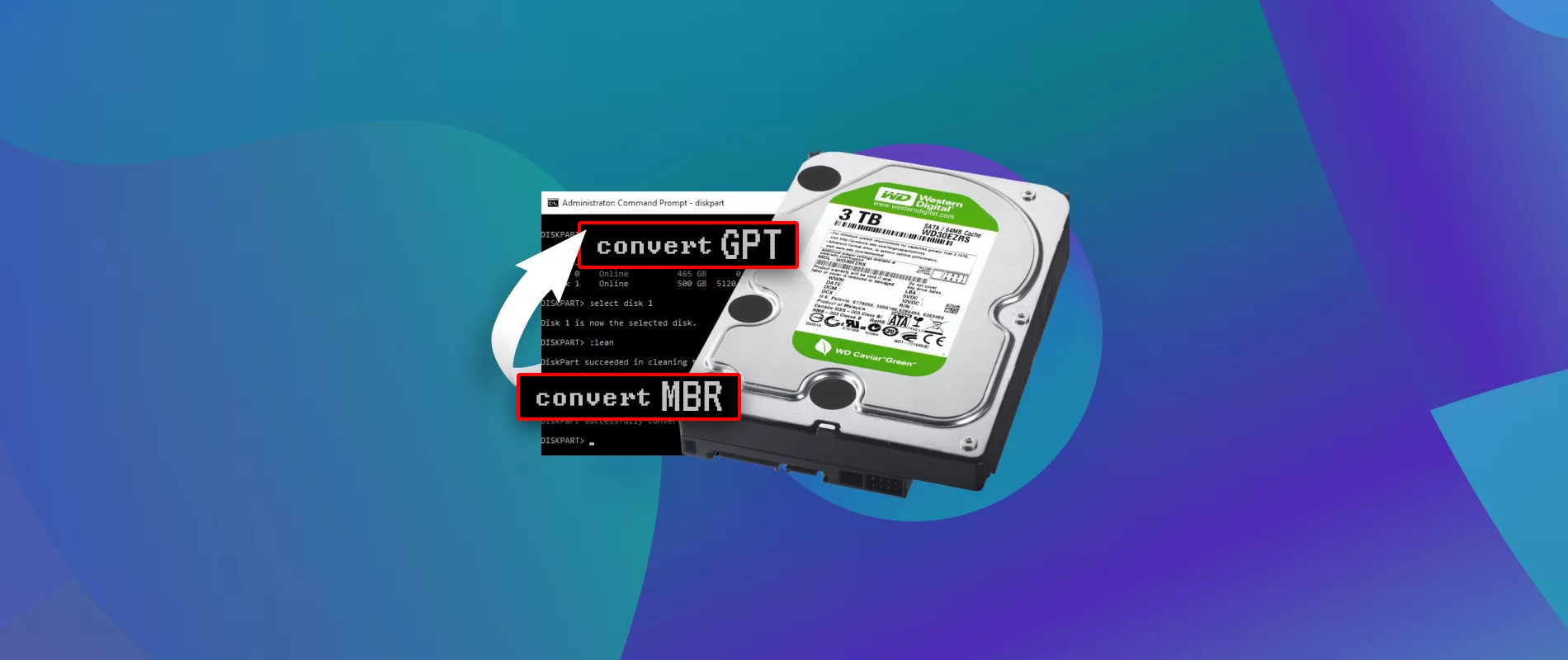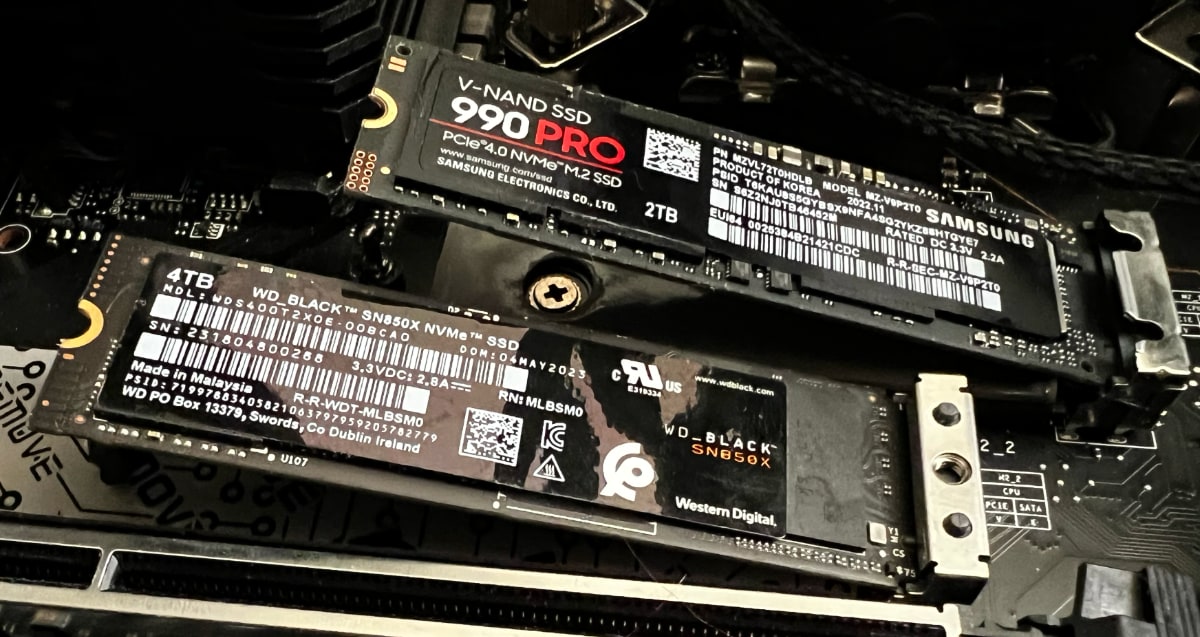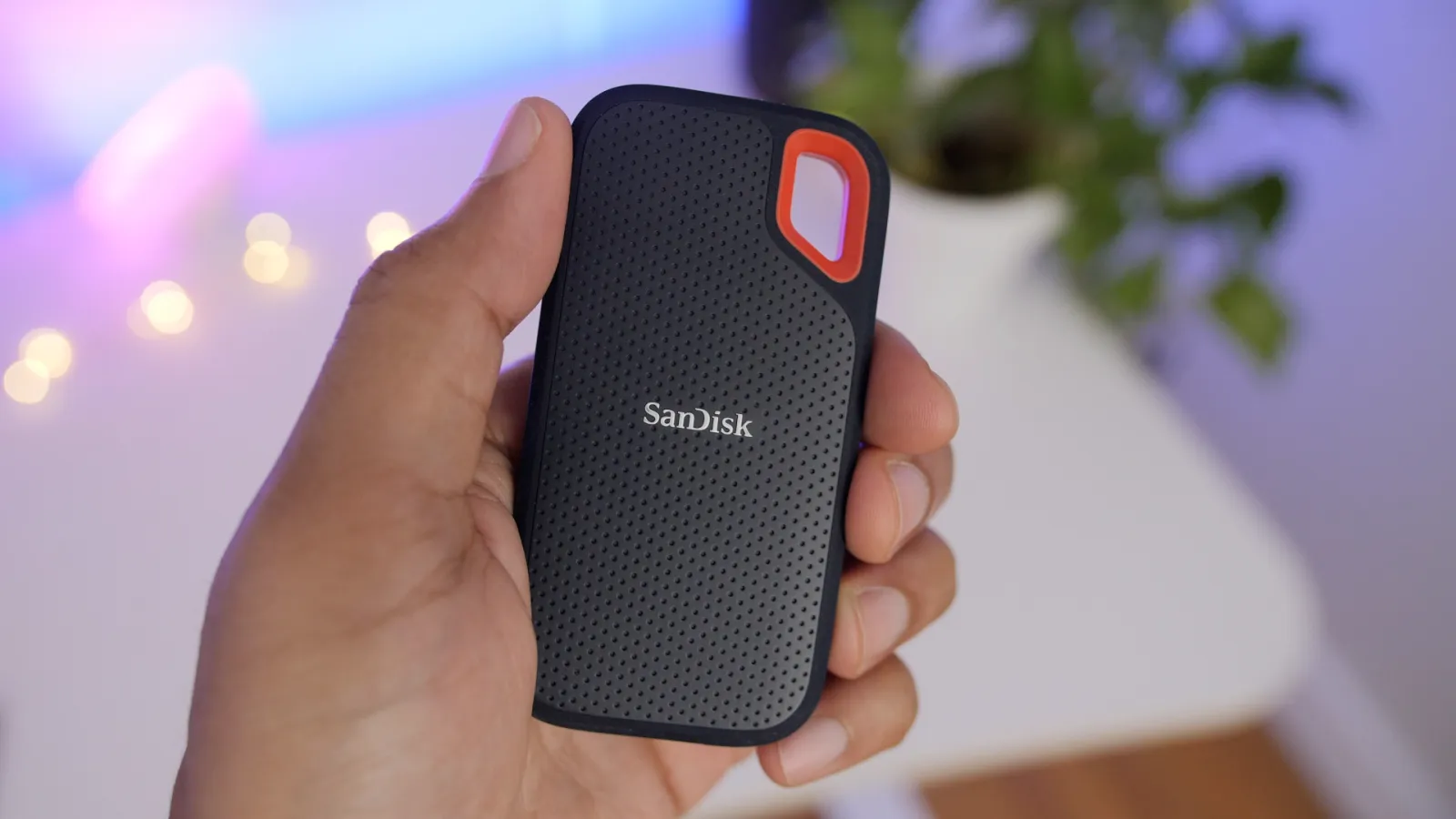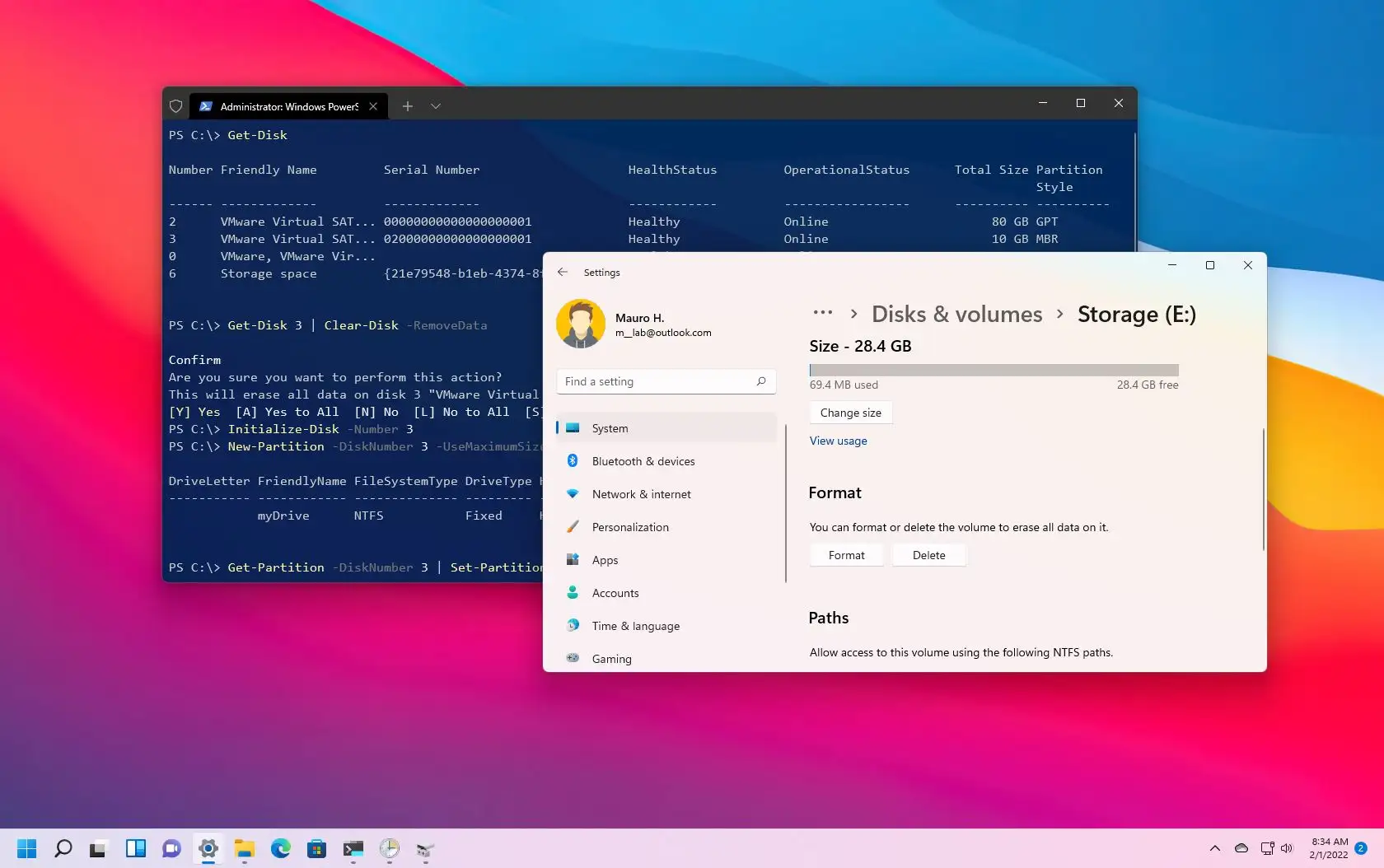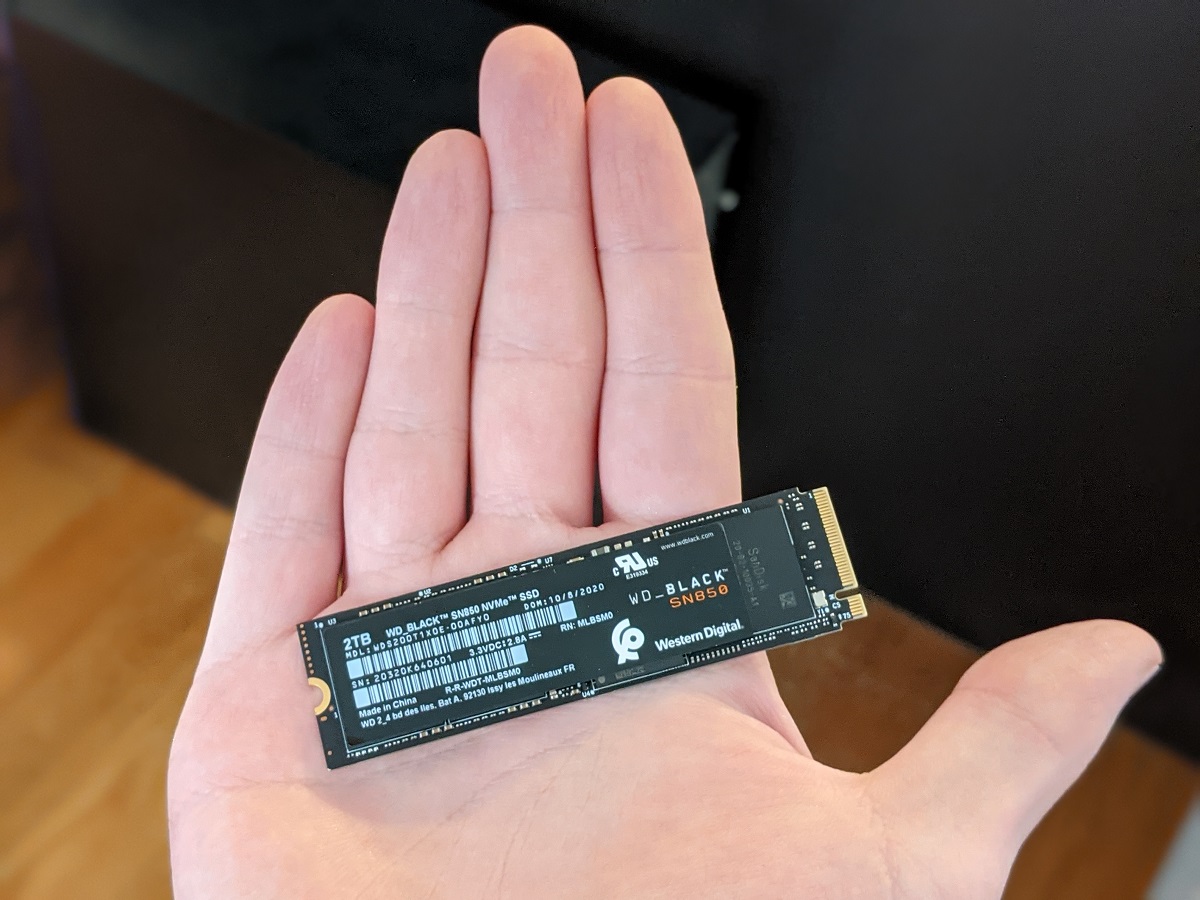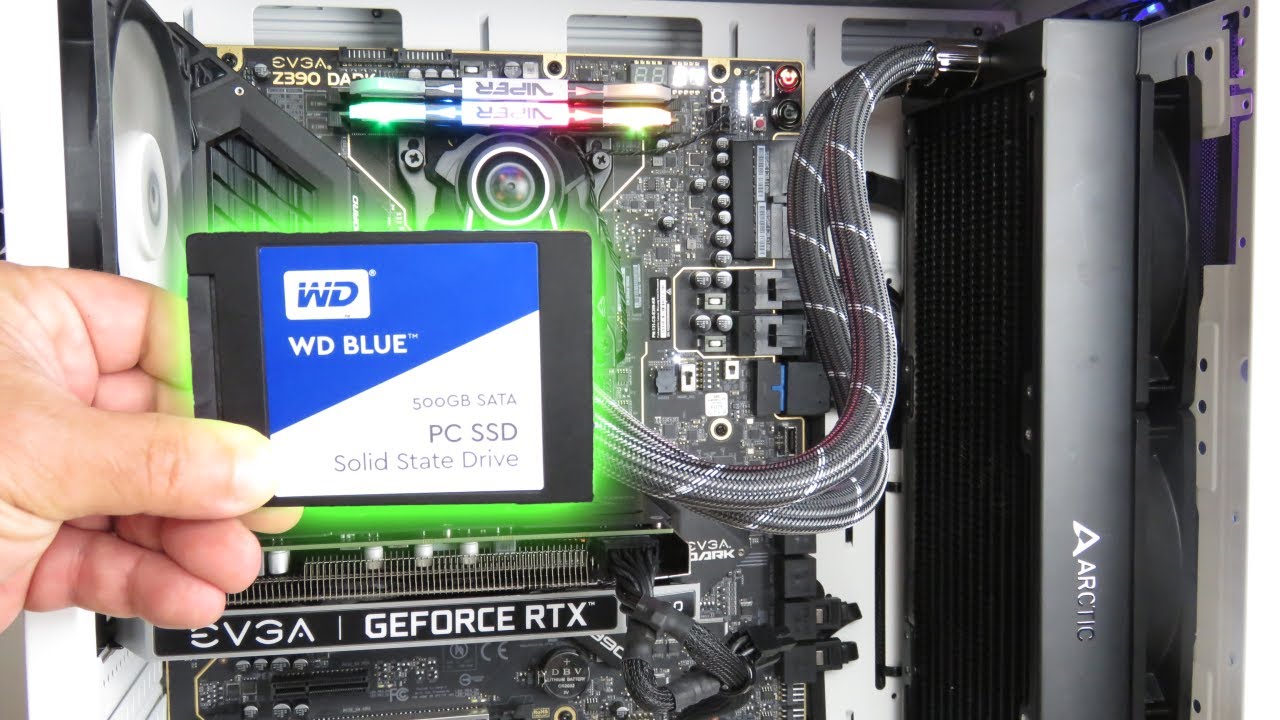MBR Partition Style for Windows 10 SSD
The Master Boot Record (MBR) partition style has been the traditional method of partitioning storage devices in Windows for many years. MBR partition style is compatible with both older and newer versions of Windows, including Windows 10. MBR allows for up to four primary partitions or three primary partitions and an extended partition that can contain multiple logical partitions.
One of the advantages of using MBR partition style for Windows 10 SSD is its wide compatibility with various operating systems, including older versions of Windows and some Linux distributions. It is also compatible with legacy systems and older hardware, making it a suitable choice for users with older computers.
However, MBR has some limitations. Firstly, it supports a maximum of four primary partitions, which can be restrictive if you require more partitions. To overcome this limitation, you would need to create an extended partition and then divide it into logical partitions. Secondly, MBR partition style only supports hard drives with a maximum size of 2 terabytes (TB). If you have an SSD larger than 2TB, you will need to use the GPT partition style.
In summary, the MBR partition style is a reliable and compatible option for Windows 10 SSDs, especially for users with older hardware or those who require compatibility with older operating systems. However, its limitations, such as the maximum partition limit and the inability to support larger SSDs, may restrict its usefulness in some cases.
GPT Partition Style for Windows 10 SSD
The GUID Partition Table (GPT) partition style is an increasingly popular choice for partitioning storage devices, including SSDs, in modern operating systems like Windows 10. GPT provides several advantages over the traditional MBR partition style.
One of the key benefits of using GPT partition style for Windows 10 SSD is the ability to support larger storage capacities. Unlike MBR, which has a maximum limit of 2 terabytes (TB), GPT can handle drives up to 9.4 zettabytes (ZB) in size. This makes GPT an ideal choice for high-capacity SSDs.
Another advantage of GPT is its ability to support an unlimited number of partitions. Instead of being restricted to four primary partitions like MBR, GPT allows you to create as many partitions as your SSD and operating system can handle. This flexibility is particularly useful if you need to manage multiple OS installations or allocate separate partitions for different data types.
GPT also offers improved data redundancy and integrity through built-in backup and recovery mechanisms. It stores multiple copies of the partition table across the drive, reducing the risk of data loss in case of corruption. Additionally, GPT supports the use of secure boot and advanced security features, providing enhanced protection against malware and unauthorized access.
However, it’s worth noting that GPT has some compatibility limitations. It is not widely supported by older operating systems like Windows XP and early versions of Windows 7. While most modern systems and operating systems have GPT support, it’s essential to check the compatibility requirements before deciding on the partition style.
In summary, the GPT partition style is the recommended choice for Windows 10 SSDs, especially those with large storage capacities. Its support for unlimited partitions, improved data reliability, and advanced security features make it an ideal option for modern SSDs. However, compatibility with older systems and operating systems should be considered before opting for GPT.
Pros and Cons of MBR Partition Style for Windows 10 SSD
The MBR partition style, despite being an older method of partitioning, still has its advantages and disadvantages when it comes to Windows 10 SSDs.
One of the main benefits of using MBR partition style is its wide compatibility with various operating systems, including older versions of Windows and some Linux distributions. This makes it a suitable choice for users who need to dual-boot or have compatibility with specific software that may not fully support GPT.
Another advantage is the ability to create up to four primary partitions or three primary partitions and an extended partition, which can contain multiple logical partitions. This allows for flexible organization and allocation of storage space, making it convenient for different types of data or multiple operating systems.
However, there are also limitations to consider when using MBR partition style. One significant drawback is the maximum limit of 2 terabytes (TB) for the size of the SSD. If you have a larger SSD, you will need to use the GPT partition style to fully utilize its capacity.
Additionally, the MBR partition style only allows for a maximum of four primary partitions, which can be insufficient for users who require more partitions for various purposes. While you can create an extended partition to overcome this limitation, it adds complexity and can impact performance.
Furthermore, MBR relies on a single boot sector located at the beginning of the disk, which can be more vulnerable to corruption or boot-related issues. This can potentially lead to boot failures or data loss if the boot sector becomes damaged.
In summary, the MBR partition style offers compatibility with older operating systems and flexible partitioning options, making it a suitable choice for some Windows 10 SSD users. However, its limitations in terms of disk size and maximum partition count should be considered, especially for those with larger SSDs or more complex partitioning needs.
Pros and Cons of GPT Partition Style for Windows 10 SSD
The GPT partition style offers several advantages and disadvantages when it comes to partitioning Windows 10 SSDs.
One of the major advantages of using GPT partition style is its ability to support larger storage capacities. Unlike the 2 terabyte (TB) limit of MBR, GPT can handle drives up to 9.4 zettabytes (ZB) in size. This makes it the ideal choice for high-capacity SSDs.
Another benefit of GPT is its ability to support an unlimited number of partitions. While MBR is limited to four primary partitions, GPT allows for a practically unlimited number of partitions, offering more flexibility for organizing and managing data on your SSD.
GPT also provides enhanced data reliability and integrity through its built-in backup and recovery mechanisms. This allows for multiple copies of the partition table to be stored across the drive, reducing the risk of data loss or corruption.
Furthermore, GPT supports advanced security features such as secure boot, which helps protect against malware and unauthorized access. This can be particularly valuable for users who prioritize data security.
However, there are some drawbacks to consider when using GPT partition style. One limitation is its compatibility with older operating systems. While most modern systems and operating systems support GPT, older versions of Windows, such as Windows XP or early versions of Windows 7, may not fully support it.
Additionally, converting from MBR to GPT can be a complex process, requiring special tools and potentially resulting in data loss if not done correctly.
It’s also worth noting that some third-party software or utilities may not fully support GPT, so compatibility issues could arise when using certain applications or tools.
In summary, GPT partition style offers benefits such as support for large capacities, unlimited partitions, and enhanced data reliability and security. However, compatibility with older operating systems and potential complexities in converting from MBR to GPT should be considered before choosing this partition style for your Windows 10 SSD.
How to Check the Partition Style of an SSD in Windows 10
If you’re unsure about the partition style of your SSD in Windows 10, you can easily check it using built-in tools. Here’s how:
- Open the Disk Management utility by pressing the Windows key + X and selecting “Disk Management” from the menu.
- In the Disk Management window, locate your SSD. It should be listed with the disk number and size.
- Right-click on the SSD and select “Properties” from the context menu.
- In the Properties window, go to the “Volumes” tab.
- Under the “Partition style” section, you will see either “Master Boot Record (MBR)” or “GUID Partition Table (GPT)” mentioned, indicating the partition style of your SSD.
Alternatively, you can also use the Command Prompt to check the partition style:
- Open the Command Prompt by pressing Windows key + R, typing “cmd” and hitting Enter.
- In the Command Prompt window, type the command “diskpart” and press Enter. This will open the DiskPart utility.
- Type “list disk” and press Enter to get a list of all available disks.
- Locate your SSD in the list and note its corresponding disk number.
- Type “select disk X” (replace X with the disk number of your SSD) and press Enter.
- Type “detail disk” and press Enter to view detailed information about the selected disk.
- Look for the line that starts with “Partition Style” to determine whether it is MBR or GPT.
By following the steps above, you can easily check the partition style of your SSD in Windows 10 using either the Disk Management utility or the Command Prompt. This information can be helpful when deciding on partition style-related tasks or troubleshooting compatibility issues.
How to Change the Partition Style of an SSD in Windows 10
If you need to change the partition style of your SSD in Windows 10, you will have to reformat and repartition the drive, which involves deleting all existing partitions and creating new ones. Here’s how you can change the partition style:
- Backup your data: Before proceeding with any partition changes, ensure that you have a backup of all important data on the SSD. Changing the partition style will result in the loss of all data on the drive.
- Open Disk Management: Press the Windows key + X and select “Disk Management” from the menu.
- Delete existing partitions: In the Disk Management window, locate your SSD. Right-click on each partition on the SSD and select “Delete Volume” to remove all existing partitions.
- Create a new partition: Right-click on the unallocated space on the SSD and select “New Simple Volume”. Follow the on-screen instructions to create a new partition. Specify the size, drive letter, and file system (NTFS is recommended).
- Convert to GPT or MBR: Depending on the partition style you want, you will need to convert the disk. If you want to switch to GPT, right-click on the SSD and select “Convert to GPT Disk”. Conversely, if you wish to switch to MBR, right-click on the SSD and select “Convert to MBR Disk”. Note that this process will erase all existing partitions again.
- Create additional partitions: After converting the disk to the desired partition style, you can create additional partitions by following step 4.
It’s important to note that the process mentioned above will delete all existing data on the SSD. Therefore, make sure to back up your data before proceeding with these steps.
Additionally, converting the partition style will not be possible if the drive contains the Windows installation. In such cases, you will have to reinstall Windows after changing the partition style of the SSD.
By following the steps above, you should be able to change the partition style of your SSD in Windows 10, allowing you to utilize the desired partition style for your specific needs.
Conclusion
Choosing the right partition style for your Windows 10 SSD is crucial for optimal performance and compatibility. Both MBR and GPT partition styles have their pros and cons, and understanding them can help you make an informed decision.
If you have an older system or need compatibility with older operating systems, the MBR partition style may be the better choice. It offers compatibility with various Windows versions and some Linux distributions. MBR also allows for up to four primary partitions, making it suitable for simpler partitioning needs.
On the other hand, if you have a modern system, a large-capacity SSD, or require advanced features like secure boot, the GPT partition style is recommended. GPT supports larger SSDs, an unlimited number of partitions, and provides built-in data redundancy and security measures.
When it comes to checking the partition style or changing it, Windows 10 provides tools like Disk Management and Command Prompt to help you in those tasks. However, it’s important to note that changing the partition style requires reformatting the drive and will result in data loss, so be sure to back up your data before making any changes.
In conclusion, understanding the differences between MBR and GPT partition styles and considering their respective advantages and limitations will help you choose the most suitable partition style for your Windows 10 SSD. Whether you opt for MBR or GPT, ensure that it aligns with your specific needs, system compatibility requirements, and future storage capacity considerations.







